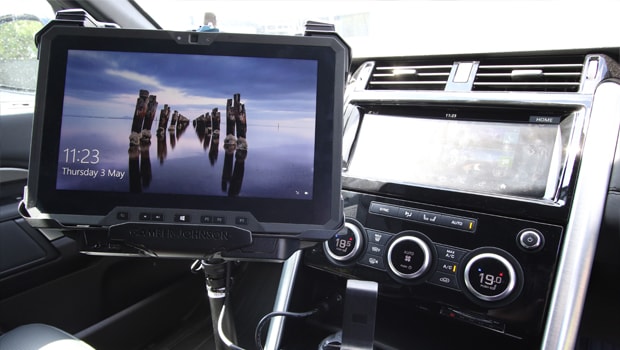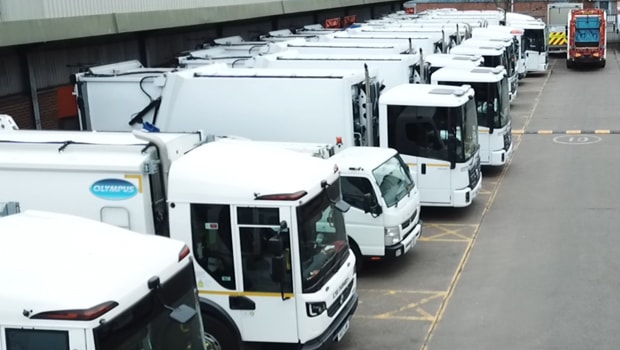
How to Modernise, Modify and Scale Your Fleet’s In-vehicle Technology
In-vehicle Technology
In a previous blog, I addressed the difficulties faced by waste management companies in their pursuit of in-vehicle technology optimisation and efficiency. But many of the root cause problems aren’t exclusive to that industry, so it comes as no surprise that the solutions to these can be considered in a variety of applications, too.
A lot of the time, the fundamental problem is similar to one we all face in our homes; you have a multitude of devices with a cornucopia of inputs, which rarely want to play well together. For instance, PoE cameras feeding data to a PVR which stores recordings on SATA hard drives, outputting a single feed via HDMI is a classic in-vehicle example, and attempting to add a further aftermarket device to this network is another headache waiting to happen!
Putting a tablet in a dock will only go so far in solving this problem; however it is a great first step. The complete solution will be the unification and consolidation of in-vehicle technology to empower and support your mobile workforce.

Scaling Your In-vehicle Technology
To me, cars can be a bit of an expensive black box when it comes to repairs, but it needn’t be this way for technology modifications. This is, in part, due to the modular nature of in-vehicle technology, as they can effectively scale to the needs of the application.
For example, at Captec we have worked closely with taxicab providers in the past to improve their driver and passenger satisfaction with the provision of larger displays of information. Their original solution was a mixture of devices spread across the vehicle, increasing the complexity and cost of installation and servicing. Our concept was to consolidate these discrete devices into a single rugged tablet in a powered vehicle dock which quickly, affordably and easily enhanced their productivity by giving occupants clear access to geolocation and mobile data – while also simplifying fare details and payment.
With larger vehicles, such as military four-wheel drives and articulated truck cabs, all their various onboard systems can be wired into a central nerve centre – using the same technology suite as the taxicab solution! E-Mark certified vehicle computers which accept dirty power input make the perfect hubs for these sorts of applications as more and more commercial vehicles are fitted with niche instruments and devices, such as weighing scales, CCTV, parking sensors, and black box/telematics devices. Whether a full fat PC or a dismountable and mobile tablet is required, is entirely context-dependant and both devices are open to customisation to meet exact application requirements.
Modular and integrated in-vehicle technology can do as much or as little as you need. For example, the same vehicle tablet used for GPS and job tracking can be dismounted for mobile workforce scenarios. Or a larger tablet, in a slightly different dock, can be the display screen for CCTV and reversing cameras while still allowing dismounting for security and upgrades. Best of all, docks and embedded computers are designed to receive input from a wide range of devices, such as those mentioned above. This allows them to be effectively integrated into an existing ecosystem of in-vehicle devices, mitigating the problem of proprietary, disparate systems from various aftermarket vendors.
To Upgrade or Update?
What all of this means is that no matter the size or type of your fleet, modernisation of your in-vehicle technology is worthy of consideration and completely achievable. Fleet refresh or project meetings can sometimes focus on replacing the entire fleet to keep up-to-date, but with the advances in mobile in-vehicle technology, there is an alternative. Although lifecycles are typically three to five years (much shorter than that of the automobile industry), the modularity, scalability and reusability of in-vehicle devices make them an enticing option when your current estate of vehicles is already established and operational.


